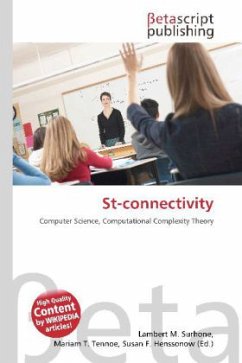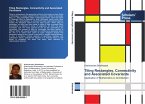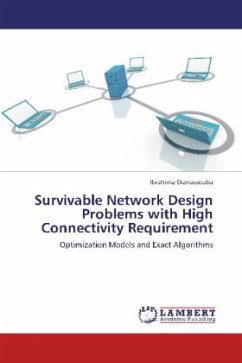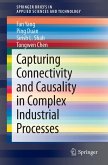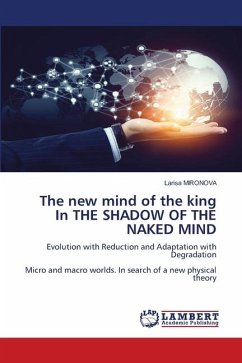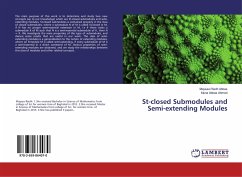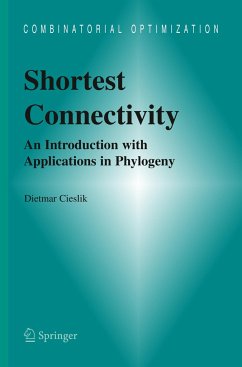Please note that the content of this book primarily consists of articles available from Wikipedia or other free sources online. In computer science and computational complexity theory, st-connectivity or STCON is a decision problem asking, for vertices s and t in a directed graph, if t is reachable from s. Formally, the decision problem is given by PATH = { D, s, t D is a directed graph with a path from vertex s to t}. The problem can be shown to be in NL, as a non-deterministic Turing machine can guess the next node of the path, while the only information which has to be stored is which node is the node currently under consideration. The algorithm terminates if either the target node t is reached, or the path so far exceeds n, the number of nodes in the graph. The complement of st-connectivity, known as st-non-connectivity, is also in the class NL, since NL = coNL by the Immerman Szelepcsényi theorem. In particular, the problem of st-connectivity is actually NL-complete, that is, every problem in the class NL is reducible to connectivity under a log-space reduction. This remains true for the stronger case of first-order reductions.
Bitte wählen Sie Ihr Anliegen aus.
Rechnungen
Retourenschein anfordern
Bestellstatus
Storno

